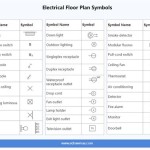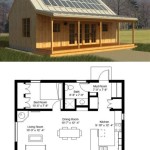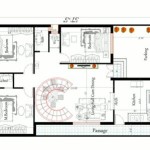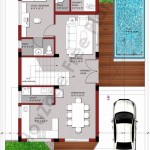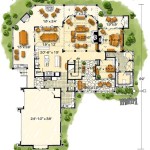Essential Aspects of Home Plan Designs Drawings
Home plan designs drawings are the blueprints for your dream home. They provide a detailed guide for the construction process, ensuring your home is built according to your specifications and meets all building codes.
When it comes to home plan designs drawings, there are several essential aspects to consider:
1. Floor Plan
The floor plan is the most important drawing, as it depicts the layout of your home, including the location of rooms, walls, doors, and windows. It's crucial to have a clear understanding of the flow and functionality of the floor plan, considering the size and placement of rooms, as well as adjacencies, such as the kitchen being close to the dining room.
2. Elevations
Elevations are drawings that show the exterior appearance of your home from different angles, including front, back, and sides. They provide a visual representation of the home's overall design, rooflines, and materials. Elevations help you understand how the home will look in its surroundings and complement the neighborhood's architectural style.
3. Sections
Sections are drawings that cut through the home vertically, revealing the interior structure. They show the height of ceilings, floor-to-floor relationships, and the location of mechanical systems, such as HVAC and plumbing. Sections are essential for understanding the home's overall volume, as well as the placement of windows and doors in relation to the interior spaces.
4. Details
Details are smaller-scale drawings that provide specific information about the construction of various elements of the home, such as windows, doors, stairs, and built-in cabinetry. They include measurements, materials, and installation instructions. Details ensure that the home is built to your exact specifications and meet all building codes.
5. Site Plan
The site plan shows the location of your home on the property, as well as the surrounding landscape features, such as driveways, patios, and fences. It helps you visualize the home's orientation on the lot and plan for outdoor spaces.
6. Electrical Plan
The electrical plan indicates the location of electrical outlets, switches, light fixtures, and wiring. It ensures that your home has adequate electrical capacity and functionality, meeting your specific needs and requirements for lighting, appliances, and electronic devices.
7. HVAC Plan
The HVAC plan outlines the location and specifications of the home's heating, ventilation, and air conditioning system. It includes ductwork, vents, and the location of HVAC units. This plan ensures that your home maintains a comfortable living environment regardless of external weather conditions.
8. Plumbing Plan
The plumbing plan indicates the location of pipes, fixtures, and appliances that use or drain water, including sinks, toilets, showers, and faucets. It ensures that your home has an efficient water supply and drainage system, meeting plumbing codes and providing convenient access to water throughout the house.
Thoroughly understanding these essential aspects of home plan designs drawings empowers you to make informed decisions during the construction process. It enables you to visualize your dream home, communicate your ideas clearly to the builder, and ensure that the home is built to your specifications, meeting your lifestyle needs and expectations.

Floor Plan Creator And Designer Free Easy App

House Plans How To Design Your Home Plan

Small House Plans Popular Designs Layouts

2d Floor Plans Home Plan Drawing House

Floor Plan Creator And Designer Free Easy App

House Plans How To Design Your Home Plan

Home Floor Plans House Plan Drawings

30 Amazing Diffe Types Of House Plan Design Ideas Engineering Discoveries Create Plans Home

House Plans How To Design Your Home Plan

House Plan Container Plans Building A Home

